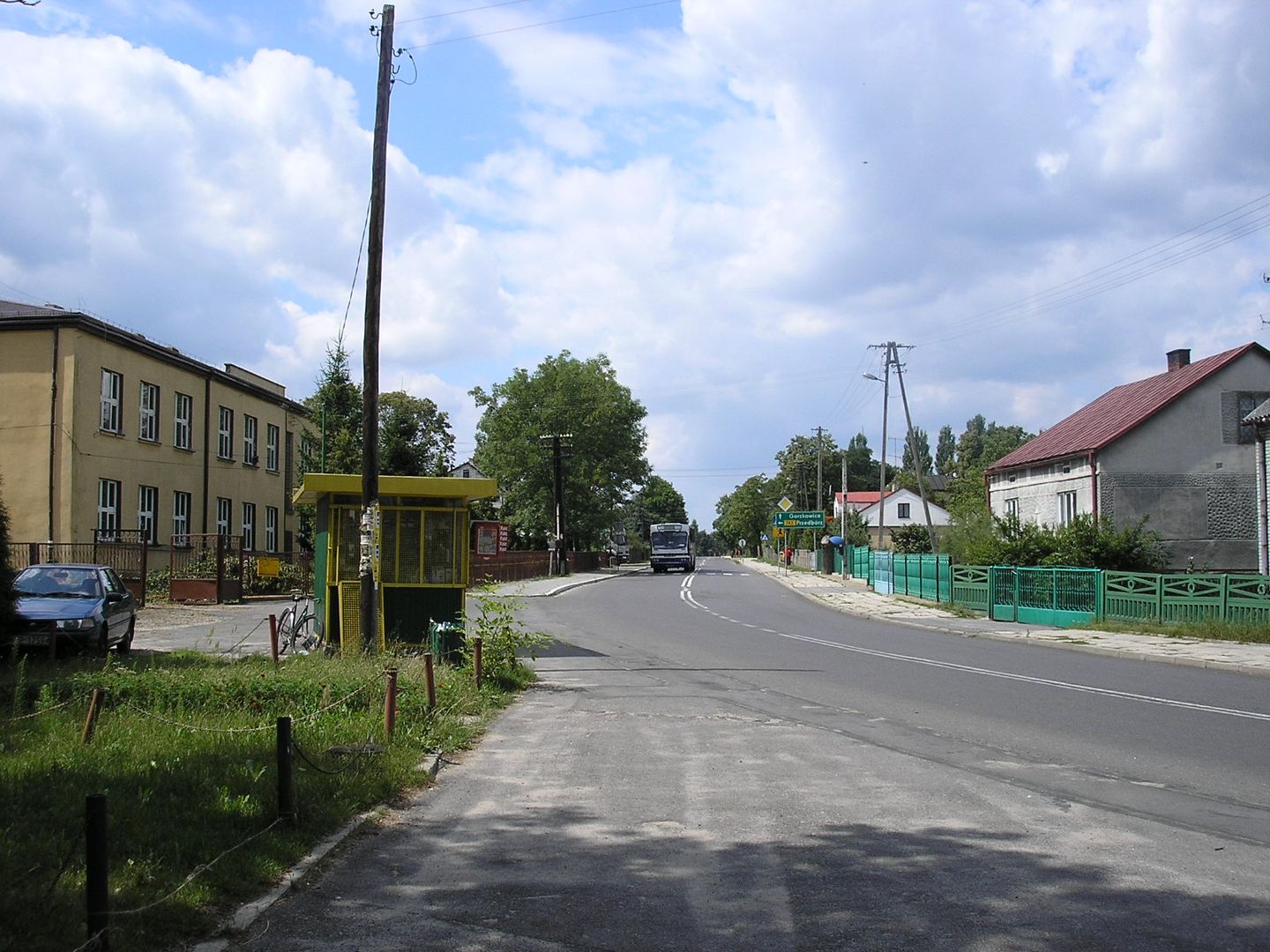Ręczno
6.52

Overview
The municipality of Ręczno, located in the Łódź Voivodeship, Piotrków County, is a place rich in history and culture. It was established by a tsarist decree on March 15, 1859, and its administrative seat is in Ręczno. Between 1914 and 1918, the municipality was part of the Lublin Governorate, and after Poland regained independence in 1919, it became part of the Łódź Voivodeship. The municipality covers an area of 88.90 km², of which 56% is agricultural land and 38% is forest land. The Pilica River and other watercourses flow through its territory, which promotes tourism. The municipality is characterized by the presence of tourist trails, such as the Partisan Trail and the Pilica water trail.
Within the municipality, there are also two nature reserves—Jawora and Wielkopole—which protect unique ecosystems. In Ręczno and the surrounding villages, visitors can see numerous monuments, including the Parish Church of St. Stanislaus and a belfry, both listed in the register of monuments of the National Institute of Cultural Heritage. In Bąkowa Góra, a well-known village in the municipality, there is also a historic Church of the Holy Trinity, a belfry, and castle ruins, making the area architecturally interesting.
It is worth noting that the municipality of Ręczno is also an important location on the regional tourist map, offering diverse attractions for visitors. The tourist trails pass through areas associated with the history of partisan struggles during World War II, adding educational and emotional value. Demographic data shows that in 2007, the municipality had 3,616 inhabitants, and its social structure reflects rich local traditions. The municipality of Ręczno is a representative example of a small but fascinating community that combines elements of history, nature, and culture, making it an attractive place not only to live but also to visit. An interesting fact is that there are two historic wooden mills within the municipality, which are listed in the municipal register of monuments, highlighting the region's industrial traditions.
Location
2025 Wizytor | All Rights Reserved